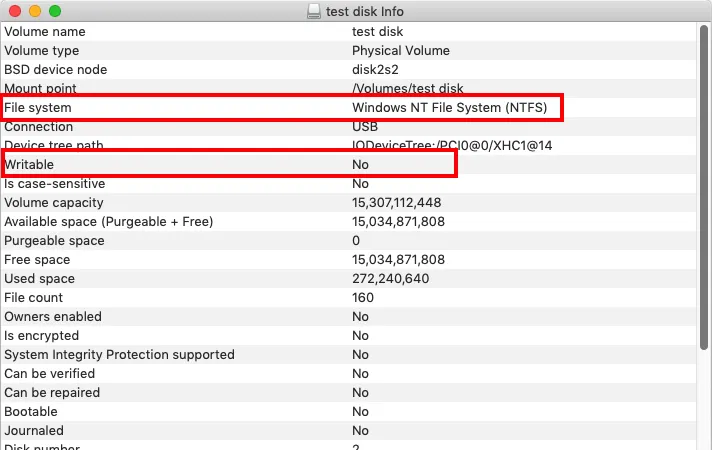

The same trick works for all types of computers, Windows or Macs, Desktops or Laptops! Power Problems When they try and plug in the USB flash drive normally, their PC’s don’t recognize the disks.īut if they gently slide them into the port in slo-mo, their drives are recognized! Go figure. Strange but true, some users found that their thumb drives work when they plug it in exceptionally slowly. Just make sure you purchase a hub that is compatible with the latest macOS and is self-powered (i.e. If that doesn’t work, replacing it (if necessary) usually fixes the problem. First, try plugging the hub into a different port on your Mac. If the drive is now recognized, the problem is likely the hub. So check if the hub is the problem by plugging the external drive directly into the Mac. THEN Turn ON the external drive when the USB cable is connectedĪ lot of readers discovered that their older model hubs no longer worked in macOS.Do not use a hub–plug your drive directly into your Mac’s port.Plug in the USB cable into the Mac and to the device.

The best (or least problematic) method for connecting external drives So it’s better to follow the recommended path to connect your external device(s) to your Mac. That’s why most USB devices are called plug-and-play. It’s easy to plug things in at random times, and usually, our Macs and MacBooks get it right and recognize everything.
#Ntfs for mac seagate won't mount how to
How To Back Up iPhone to an External Drive Using iTunes or Finder and Terminal.Use Terminal Commands diskutil list, diskutil info disk, & diskutil eject disk.Run Disk Utility to Mount, Verify, or Repair Drives.
#Ntfs for mac seagate won't mount update


 0 kommentar(er)
0 kommentar(er)
